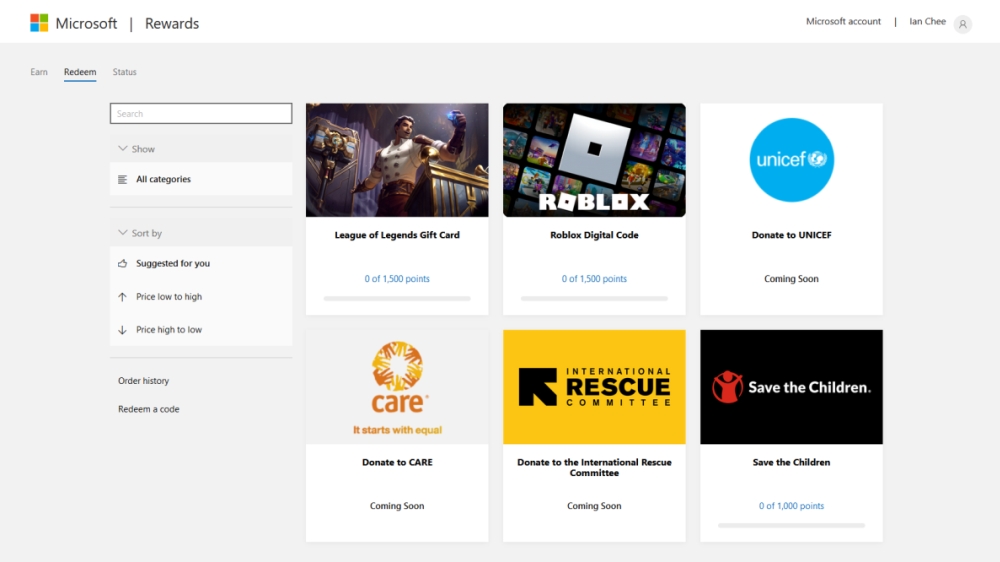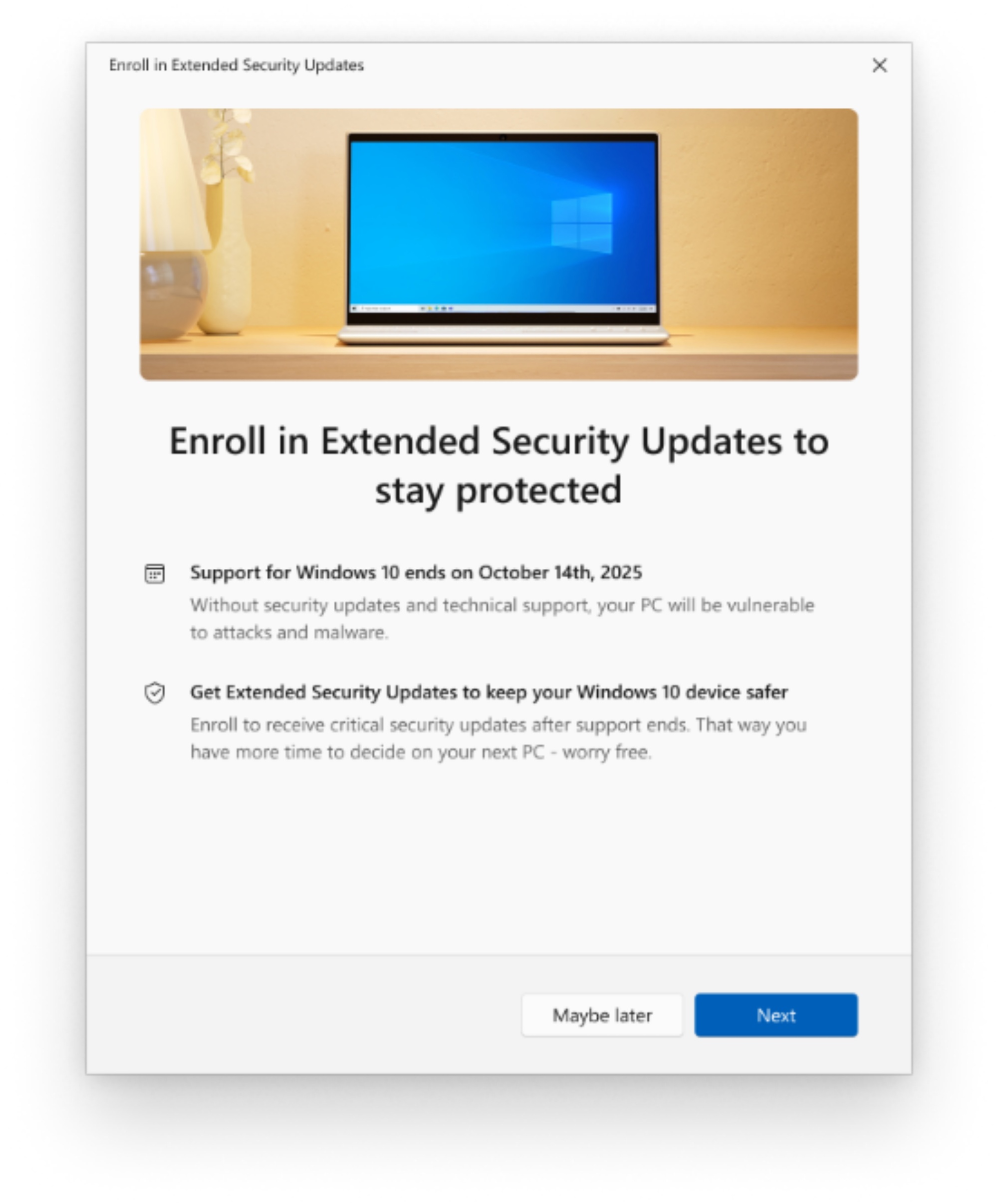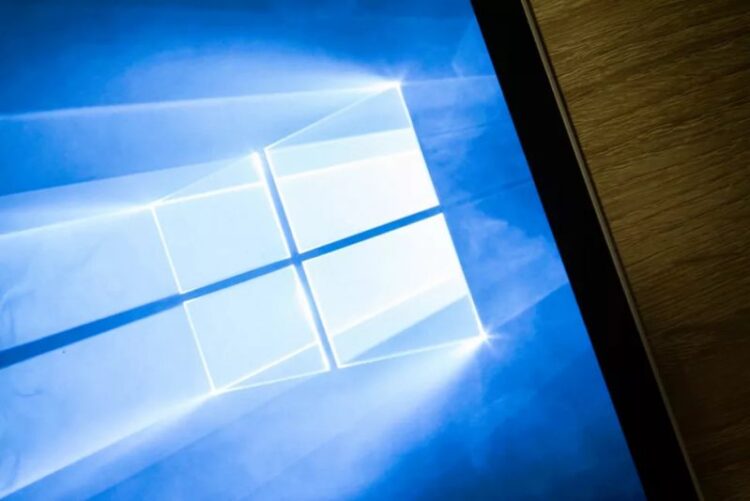With Windows 10 set to reach end-of-support on 14 October 2025, Microsoft is now allowing consumers to enrol early into its Extended Security Updates (ESU) programme – and for some, it can be done free of charge. This is a rare shift in Microsoft’s usual post-support approach for older operating systems, though there are a few conditions.
Consumers now have three options to continue receiving critical security updates beyond the official support cutoff. The first is to pay US$30 (~RM141) for a year’s worth of ESU access, while the second involves redeeming 1,000 Microsoft Rewards points which, in case you forgot (like we did), can be earned by using Bing, shopping at the Microsoft Store, or even playing Xbox games.

The third option is free, but requires users to activate the Windows Backup feature, which syncs settings and user folders to Microsoft’s OneDrive cloud service. While this might seem like a win for users, it’s not entirely without trade-offs. Windows Backup uses OneDrive’s 5GB of free storage, and users with large amounts of local data in their Documents or other key folders may quickly hit the storage limit. To back up everything fully, users may need to purchase extra OneDrive space – effectively adding a hidden cost to the “free” offer.
Microsoft plans to make ESU enrollment more accessible via a new wizard in Windows 10, launching to the general public in July and reaching wider availability by mid-August. Once users select their preferred option, the PC will be enrolled automatically.

For consumers, ESU will keep Windows 10 protected with important security fixes until 13 October 2026. Microsoft will also continue delivering Microsoft Defender antivirus updates and MS 365 app security patches until 2028, even without ESU. Meanwhile, enterprise users can purchase ESU coverage for up to three years.
Additionally, ESU will be provided free to Windows 10 devices accessing Windows 11 via Cloud PCs or virtual machines using Windows 365. With just months left before the support cutoff, Microsoft is expected to ramp up notifications urging users to upgrade to Windows 11 or consider newer PCs.
(Source: Microsoft [official blog])


